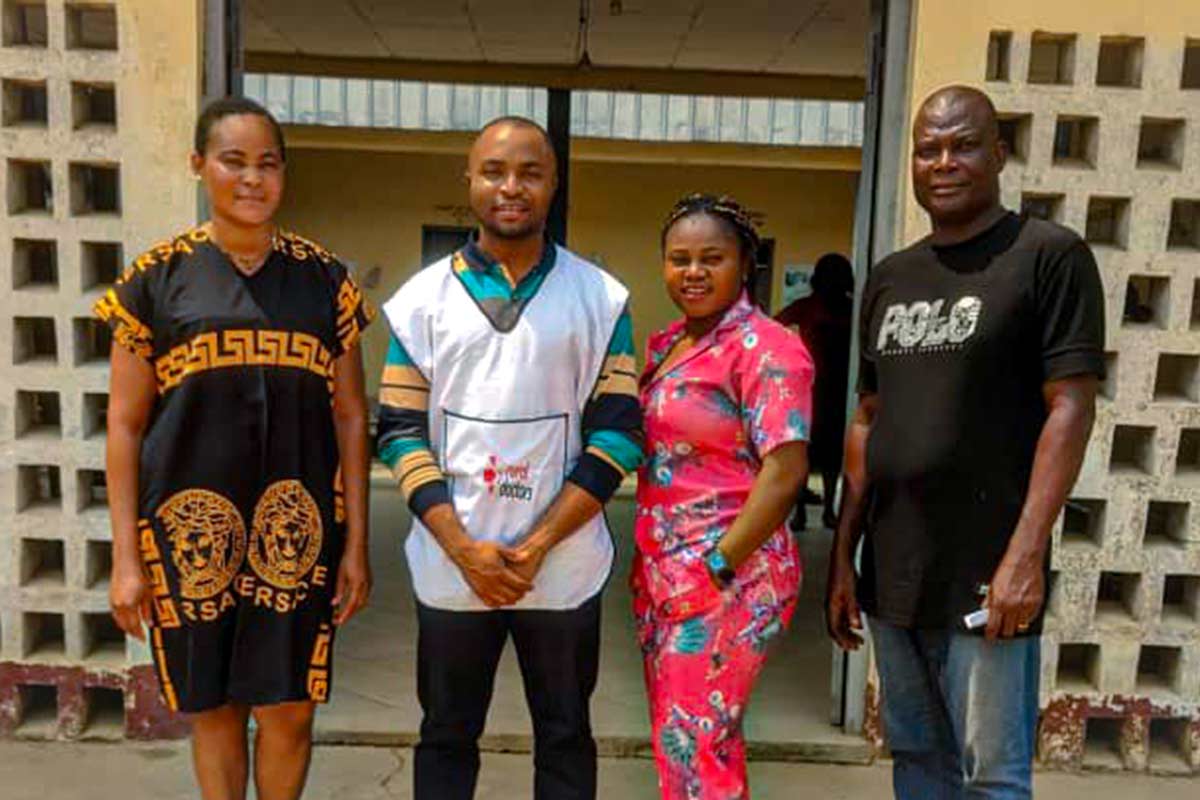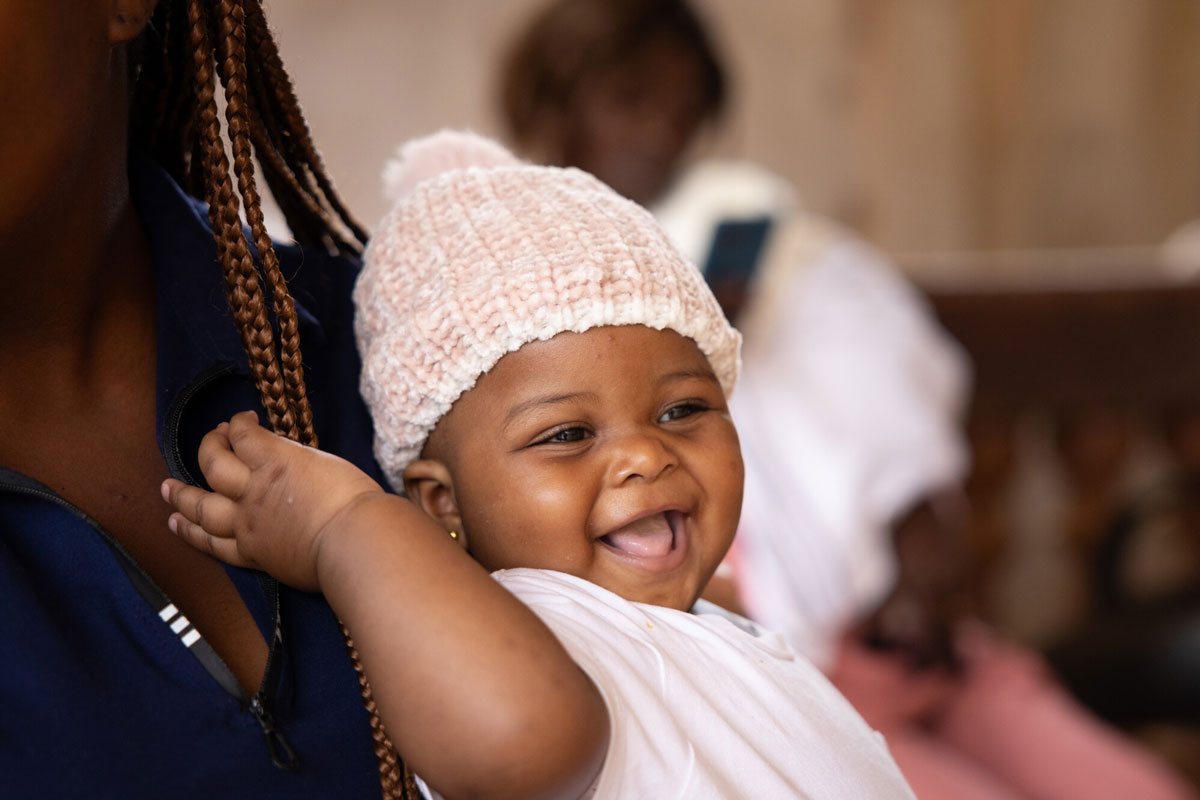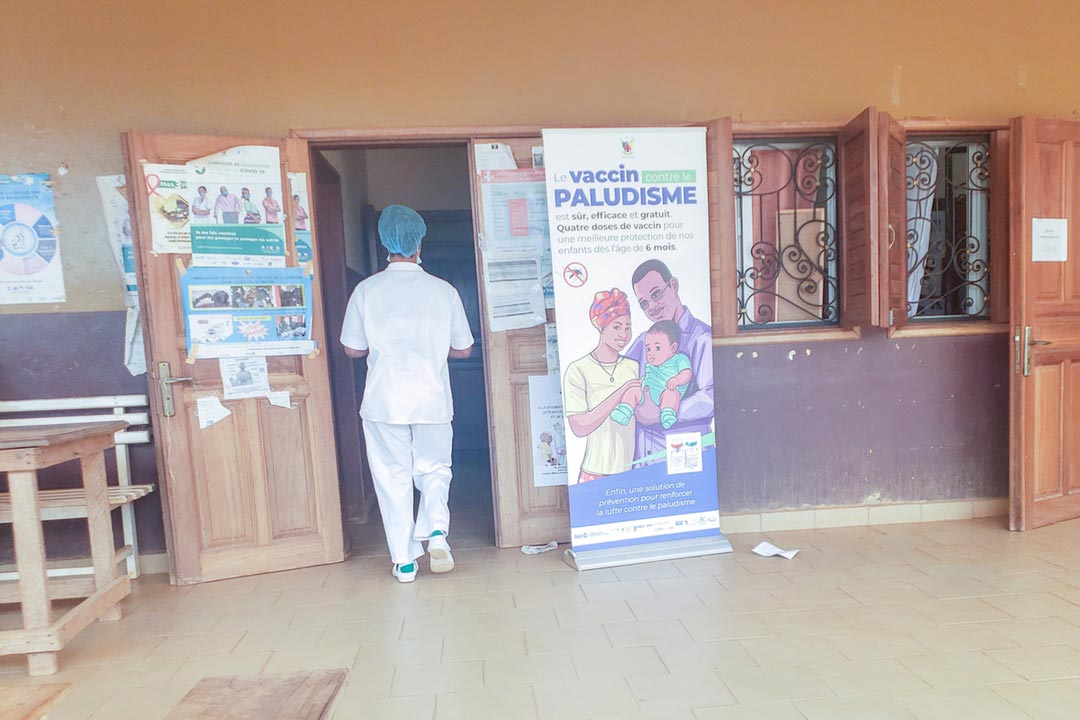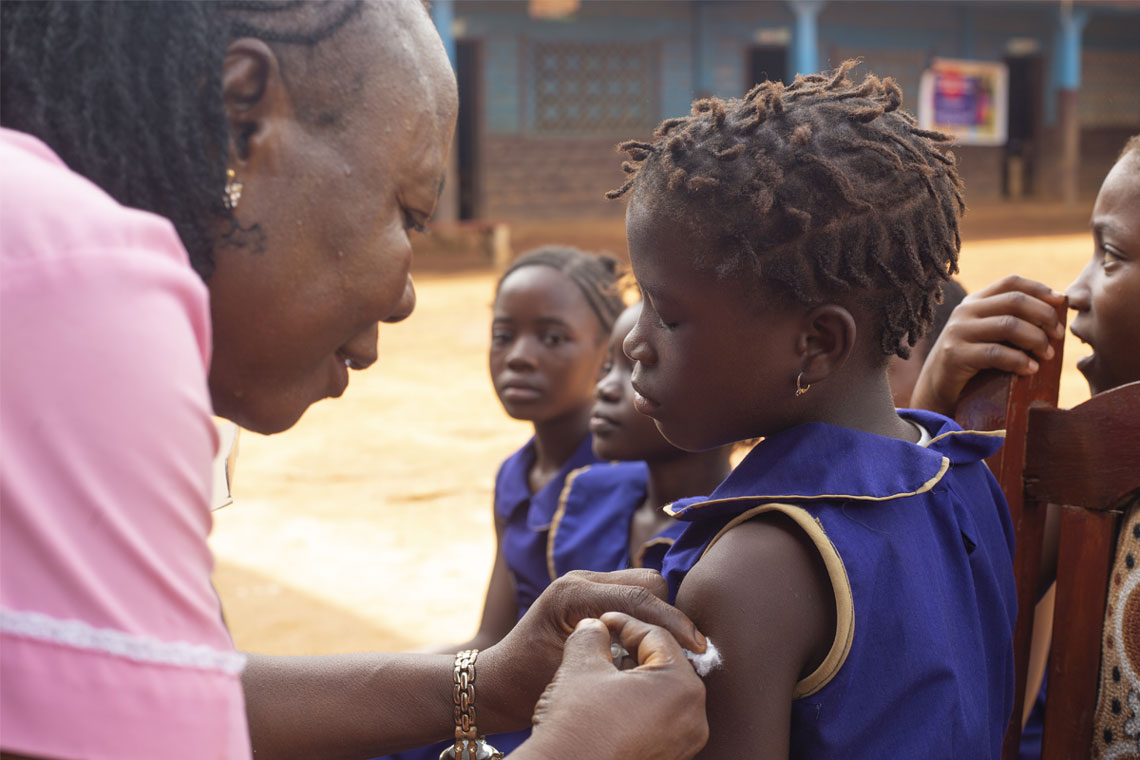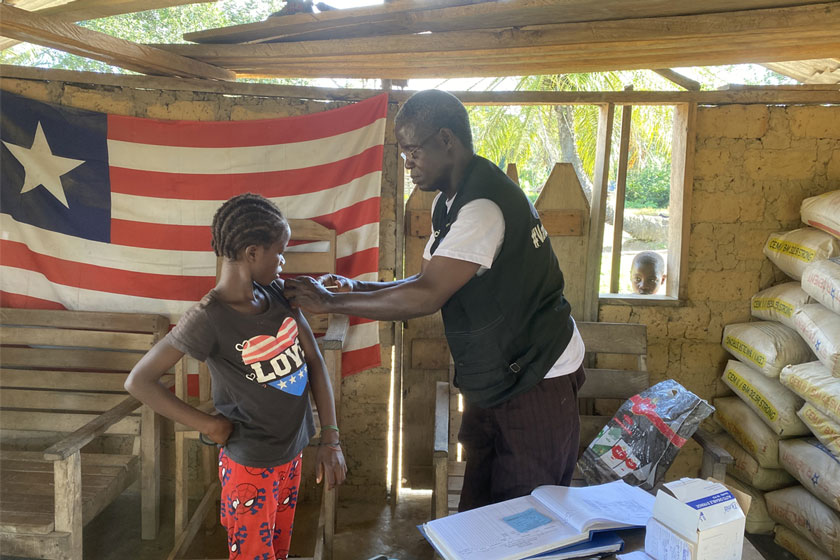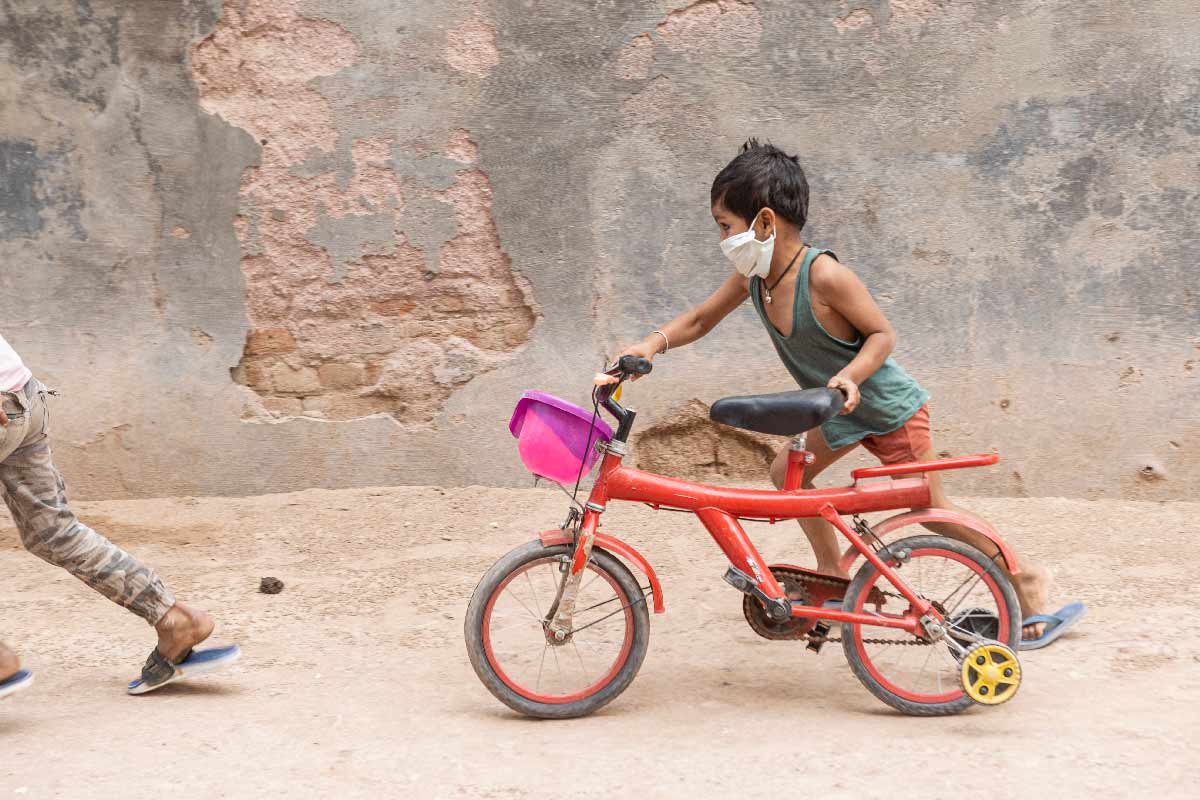"Meningitis was a death sentence": Cameroon's health workers look back on the pre-vaccine era
It’s been 14 years since MenAfriVac “transformed” life on the frontlines for nurses Nfor Emmanuel and Fumbui née Kuo Helen.
- 13 August 2025
- 5 min read
- by Akem Olives Nkwain
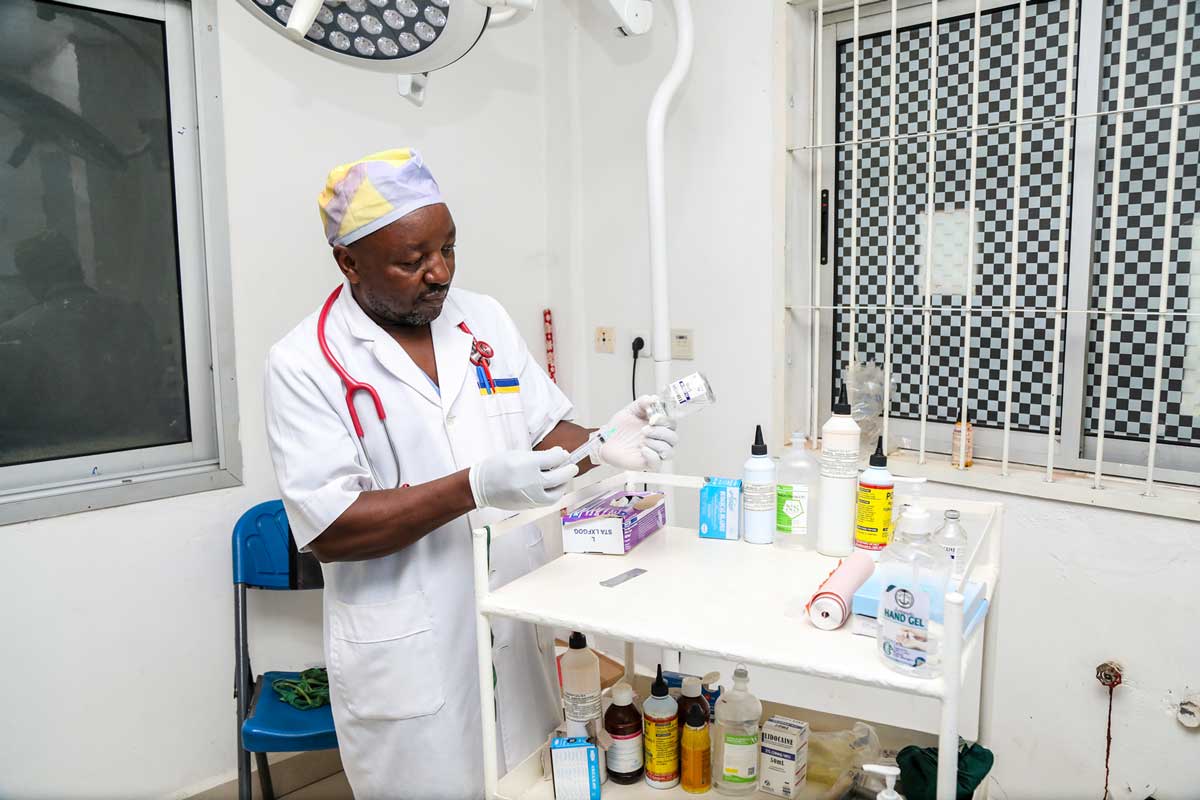
Cameroon’s North, Far North and Northwest regions lie within the African meningitis belt – a zone stretching from Senegal to Ethiopia that has long endured recurrent and devastating meningitis epidemics.
Between 1996 and 1997, Cameroon was among the hardest-hit countries in a regional outbreak that infected over 250,000 and claimed nearly 25,000 lives. From 2004 to 2020, the government reported 18,378 suspected cases and 1,432 deaths, mostly in the country’s North and Far North. Yet, areas like Banso in the Northwest, where healthcare facilities and services are thin on the ground, has also faced seasonal spikes.
Life and death
“In Banso, being diagnosed with meningitis was a matter of life and death,” says Nfor Emmanuel, a nurse with more than 18 years of experience working with Cameroon’s Expanded Programme on Immunization (EPI).
Meningitis is an inflammation of the membranes and fluids that encase the brain and spinal cord that can be caused by a variety of pathogens, and is a serious peril anywhere in the world. Bacterial meningitis, the deadliest form of the illness, kills about one in six of the people it affects, and one in five survivors will be left to cope with enduring disabilities.
Epidemics can grow alarmingly quickly, as Nfor recalls. “The death rates increased daily, and disease prevalence became high,” he says.
Like Nfor, retired nurse Fumbui née Kuo Helen has witnessed outbreaks first-hand. She served as General Supervisor at Fundong District Hospital from 2002 to 2019. Fundong is the capital of the Boyo Division in the Northwest Region. “The Northwest Region was especially vulnerable,” she says. “Seasonal changes, overcrowding and limited access to care made it easy for the meningitis-causing bacteria to spread.”
But vaccination has changed the picture of risk, both health workers attest.

Night and day
In 2010, a vaccine against group A meningococcal bacteria – at that time the dominant cause of meningitis across the African meningitis belt – began to roll out.
It came to Cameroon in December 2011, bringing relief. “MenAfriVac transformed my work so much that I’ll never take a vaccine lightly again,” says Nfor.
Response efforts before the introduction of the MenAfriVac vaccine were reactive and strained. Proper diagnosis was often delayed due to poor laboratory capacity, and so clinicians relied on symptoms – fever, stiff neck, sensitivity to light – to identify cases. Then, antibiotics like chloramphenicol and ceftriaxone were administered if available, but supplies were inconsistent.
“The most challenging aspect was the unavailability of antibiotics; they were out of stock most of the time,” says Nfor. Health facilities were overwhelmed, and low public trust in the system meant people either presented late or avoided care altogether. “Some were left with outstanding debts,” he adds, referring to the financial hardship families faced after treatment.
Kuo describes the emotional weight of working in intensive care during the peak of outbreaks.
“Seeing the devastating impact of the disease on patients and families was heart-wrenching,” she says. “Working through such outbreaks often led to burnout and emotional strain on us as healthcare workers. But the experience underscored the importance of vaccines and public health efforts in preventing crises.”
Here, as in other places, surviving meningitis often didn’t end with hospital discharge. Kuo emphasises the enduring toll: “The long-term neurological challenges included hearing loss, cognitive impairments and other disabilities.”
These impacts weren’t just medical – they were social and economic. “Survivors and their families faced stigma, financial hardship and limited access to rehabilitation services,” she says.
The vaccine’s impact was immediate. By the end of 2012, Cameroon had completed its mass campaign, and cases of meningitis A dropped dramatically.
Kuo credits the country’s proactive strategy: “Cameroon made significant strides – integrating MenAfriVac into immunisation programmes, launching mass campaigns, and enhancing disease surveillance. We turned what felt like an unstoppable outbreak into something preventable.”
Building trust in a new vaccine
But at first, the health workers say, having access to the vaccine wasn’t enough. In the early days of the roll-out, false rumours about the unfamiliar jab swirled. Health workers like Nfor knew that overcoming vaccine hesitancy would require deliberate, community-centred strategies.
“Before each vaccination drive, we sent letters to churches, social groups and mosques, requesting space for health talks,” he explains. “That helped dispel myths and build confidence.”
Communities that embraced vaccination became advocates. “Each community that welcomed the vaccine encouraged others to do the same,” Nfor says.
Ayenike Faith Bongabaah, a mother from the Bankikai neighbourhood in Kumbo-Banso, remembers how EPI workers, like Nfor, went door to door in schools, marketplaces and public gatherings to raise awareness.
“In the past, we had extensive sensitisation in Kumbo,” she recalls. “If I hadn’t been vaccinated, I might’ve been infected during the 2010 outbreak.”
She credits health workers’ efforts with changing norms. “Now, vaccination is our second nature. Whenever we hear about a drive, we rush to get our families vaccinated.”
Have you read?
Sustaining the gains
Despite the success of MenAfriVac, health workers urge continued vigilance.
Kuo says: “We must sustain momentum – especially in rural and underserved communities. Strengthening healthcare infrastructure and maintaining high vaccination coverage is crucial.”
She outlines several priorities: integrating MenAfriVac into routine immunisation, scaling public education on meningitis prevention and reinforcing emergency response systems in hard-to-reach areas is the way to go.
